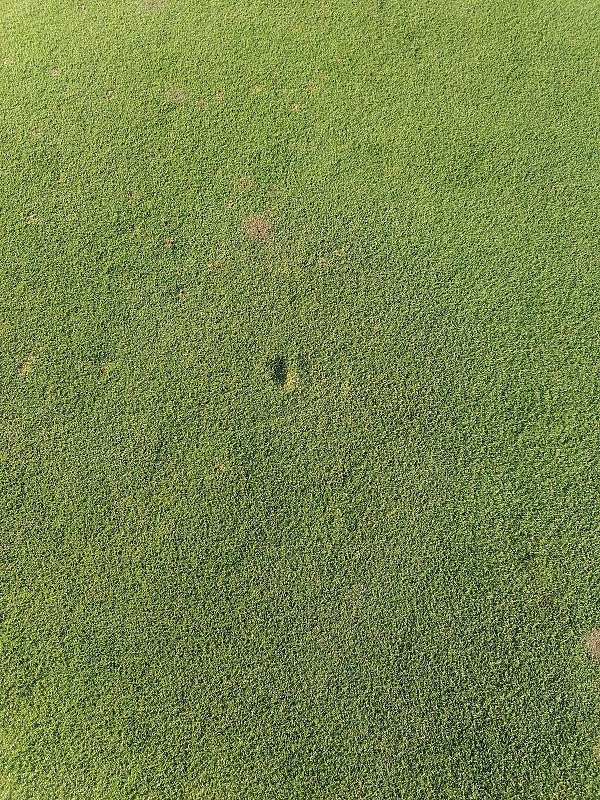
Talking in the 19th Hole
DRIVER. After a long wait with no tournaments, most clubs will have at least one important tournament from September to December 2020. Children’s – youth tours will also have some stages in these months. Attendance at driving ranges is increasing. The desire to play and compete is notorious.

Let’s chat about preparing for a competition. First, let’s look at some of the most common mistakes among amateurs.
– Start taking classes a few weeks before the tournament. In-depth changes in technique are not recommended because they cannot be assimilated in such a short time. If you decide to take classes, I suggest that you only make small adjustments, which do not alter your swing’s essence and naturalness. You may need significant changes, but this is not the time to make them. An experienced teacher will know how to handle the situation.
Those who take classes frequently can continue with their lessons. The technical goal is to get the swing right for competition. This means that the swing is made unconsciously, on automatic pilot.
– Hit a lot of balls. At this stage, the number of balls to practice should be less, but of higher quality, for example, hitting balls by doing the complete routine, focused on the rhythm or varying the target on each ball.
– Spend a lot of time on the full swing, especially the driver. Players are convinced that they will play well by hitting their driver longer, likely, but not a guarantee. A smarter decision is to spend more time training the short game (putting, chipping, pitching, and bunker) due to the high percentage of strokes they represent of the total of a round. This does not mean that the driver is not important. Of course, it is. I suggest that when training the driver, you only hit 20 or 25 balls.
– Focus only on technique. It is good to improve technique, but the game also includes strategy, mental and physical. Determine some aspects to improve in these areas.
– Physical and mental exhaustion. Players do golf in a week what they did not do in the month. The typical case is the children who participate in the child-youth tour. In the week of the tour, they attend her clinic from Tuesday to Thursday. On Thursday night, they are still hitting balls. On Friday, they have an 18-hole practice round. On Saturday and Sunday, they get up very early because the tee times are at dawn. They play 18 holes. In total, that week, they play from 63 to 72 holes. It is challenging to have a good round on Saturday and Sunday if the player is exhausted.
Players must manage their energy wisely. Every player is different. For some, it will be beneficial to rest on Thursday, for others the day of practice maybe just traveling the golf course in a cart or putting on the greens. If the competition will be in your golf course, it may be better to rest on Friday. There is no single recipe.
– Initiate or increase physical activity. A week or two before a competition is not the time to start or increase a fitness program. If you are already in one, you can continue with it, but it is better to reduce it or suspend it to save energy for the days of competition. During the weeks leading up to the competition, it is recommended to avoid sports or contact activities where the risk of injury is high since an injury can leave you out of the game.
Let’s look at some recommended actions in preparation for competition:
– Train conditions similar to the competition: balls in a bad position, slopes, recovery shots, and shots that you will use on the golf course to play the tournament. You can do it in practice, but it is better to do it on the golf course.
– Playing the golf course in difficult conditions. In many clubs, the executives have the idea that the golf course must be challenging for a tournament, and they ask that it be so. They do it so that the golf course is defended, that the championship players fight, that the closest to the pin are complicated, and that people talk about their golf course. The reality is that club tournaments are not the US Open, and it is better if the golf course is ordinary, mainly because of the pace of play. I suggest you practice the golf course in difficult conditions: tee markers back, playing in the windy afternoon, complicated flags, and fast greens.
– Manage a realistic expectation of results. Some players go out to the golf course on the day of the competition, seeking to make their lives’ best score. The reality is that most players score higher in competitions because the golf course is more difficult. For example, the greens are at 10 feet of speed, when they are normally at 8.5, and because the pressure is greater.
– If possible, play one or two rounds before the competition as if it were already the competition. The results of these rounds are the basis for establishing a realistic expectation. If you score between 85 and 90, a realistic expectation would be to achieve between 85 and 87.
– Avoid the mulligan and gimmie putts.
– Play with your predominant stroke and effect. If your natural stroke is the slice, play with it. Don’t try to change it.
– Sharpen some essential aspects of the strategy and mental areas. For example:
o Define the actual distances for each club. The real ones, not the ones you hit with your best shot.
o Defining which holes, you will play bogey or bogey is your par.
o Define who your caddy will be and how you want them to support you.
o Define the pre-shot routine. Focusing more on the target, rather than thoughts about the swing, missed shots, or the score.
o Improve acceptance when you miss a hit.
o Play in a safe area. Most shots to the green are not to the flag.
o Don’t add new nonsense or bad decisions to the ones you usually make. On the contrary, now, if you play with your head, you make smart decisions.
o Play shots with a high percentage chance that they will work.
Proper preparation will allow you to play comfortably in the competition. This means knowing your game and playing at a level just within that limit.
IRONS. When we see a golf course in the evening before dark, it is like seeing a party hall after an event. In the hall we can find the garbage generated by the party. In the golf course, we can find the damages that the players and caddies did not repair, such as the bunkers’ footprints, the divots in the fairways, and the ball marks on the greens.
Let’s talk about the ball marks on the greens. In Mexico, we say to repair the green divots when we talk about restoring the mark left by the ball’s impact on the green. The correct language is to repair a ball mark. The phrase repair a divot refers to repairing the club’s damage on the ground when hitting a ball in an area other than the green. Recall that the translation of the divot is chop.

At sunset, we can see more clearly the ball marks that were not repaired on the greens. Sadly, we will find several. In the morning after the green has been trimmed, the deeper marks will be noticeable as a green scar.
It is difficult for a player to accept his guilt that he does not repair the ball marks because there have even been those who have had their photographs taken, and they still do not accept it.
Sadly, we fail as parents and teachers, proof of it is watching a golf course in the afternoon after the practice day before the tour. The golf course looks like after a youth party.
Again, the solution to the problem is the education of the players. The Club can carry out a campaign in its institutional media to make players aware of the importance of repairing ball marks. Players must repair their ball marks and invite their teammates to do so. The Marshal must supervise that the players and caddies do this. I do not think that the players feel that if they do not do it, the Marshal admonishes them because the Marshal, in general, does not fulfill this responsibility, and simply because the responsible professional does not demand it.
A player has two good reasons for repairing his ball marks. One is the satisfaction of having hit the green with a good shot. The second reason is that you help keep one of your Club’s most essential assets in good condition. By repairing the ball mark, you say I am a consummate player, and I also understand and apply the game’s etiquette.
The way you repair ball marks can make a difference in the conservation and recovery of the grass. The USGA published the following videos about it:
I invite you to repair your ball mark and apply the second mile, repairing a second mark.
PUTTS. Each Club has its ways of supporting its staff. I met a Club with a full-time teacher to advise employees who want to study open high school. It is an initiative that has made a difference in the lives of many people. FORE.
